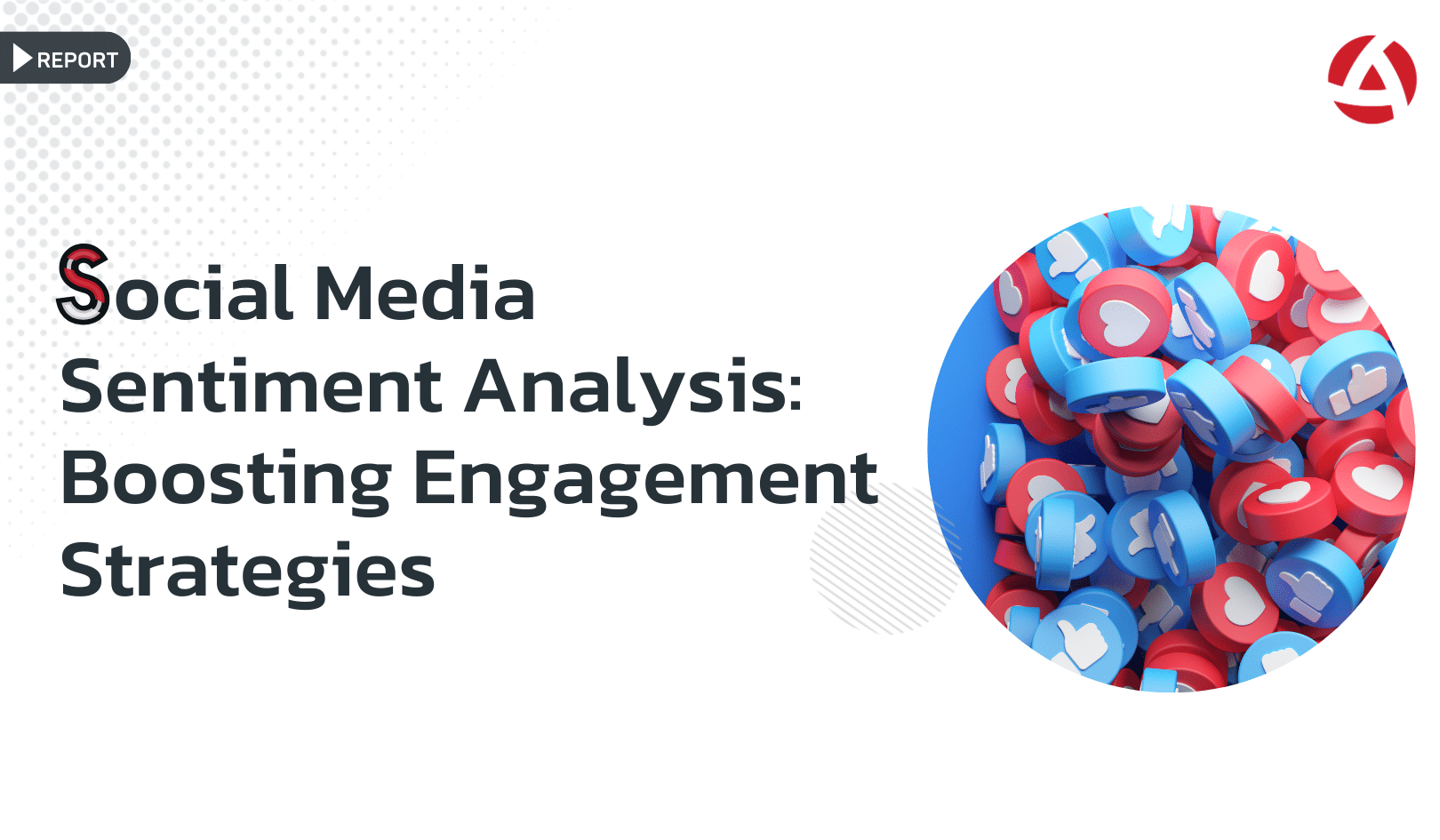In the competitive business landscape, leveraging every available tool is crucial for differentiation and success. One of the most vital tools in this pursuit is Customer Experience Analytics. This approach offers deep insights into customer behavior, preferences, and feedback, providing businesses with invaluable strategic guidance. Yet, the challenge lies in the vast amount of data generated. Transforming this data into visual formats presents a solution, enabling businesses to enhance understanding and actionable decision-making.
Understanding Customer Experience Analytics
Customer Experience Analytics involves the systematic collection and analysis of data related to customer interactions and experiences. This data helps businesses identify trends, measure satisfaction, and uncover areas for improvement. Effective analytics can lead to higher customer satisfaction, loyalty, and ultimately, increased revenue.
The Power of Visual Data Representation
Visualizing data is a powerful way to make complex information more accessible and actionable. Here’s how different types of visual data representations can enhance your Customer Experience Analytics:
- Heat Maps for Customer Behavior Analysis: Heat maps are an excellent tool for understanding how customers interact with your website or app. By visually representing data on where users click, scroll, and spend the most time, heat maps can reveal valuable insights into user behavior. This information can guide you in optimizing your site layout to enhance user experience and drive conversions.
- Trend Lines and Graphs for Performance Tracking: Trend lines and graphs can help track performance metrics over time. By visualizing data points such as customer satisfaction scores, net promoter scores (NPS), or customer effort scores (CES), businesses can easily identify trends and measure the impact of their CX initiatives. These visual tools make it simpler to spot upward or downward trends and adjust strategies accordingly.
- Customer Journey Maps for Insightful Overviews: Customer journey maps provide a visual representation of the customer’s experience across various touchpoints. By mapping out the customer journey, businesses can identify pain points, understand the customer’s perspective, and uncover opportunities for improvement. This holistic view is essential for designing seamless and enjoyable customer experiences.
- Comparison Charts for Benchmarking: Comparison charts allow businesses to benchmark their performance against competitors or industry standards. By visually comparing key metrics such as response times, resolution rates, or customer satisfaction scores, companies can identify areas where they excel and areas needing improvement. This comparative analysis is crucial for maintaining a competitive edge.
- Geographic Data Visualization for Location-Based Insights: Geographic data visualization can reveal important location-based insights. By mapping customer data geographically, businesses can identify regional trends, preferences, and market opportunities. This type of visual analysis is particularly useful for businesses with a broad geographic reach or multiple locations.
Implementing Visual Data in Your CX Strategy
To effectively leverage visual data in your Customer Experience Analytics, consider the following steps:
- Choose the Right Tools: Utilize data visualization tools that suit your needs, such as Tableau, Power BI, or Google Data Studio. These tools offer a range of visualization options and can handle large data sets efficiently.
- Focus on Clarity and Simplicity: Ensure your visual representations are clear and easy to understand. Avoid clutter and focus on key insights to make your visuals more impactful.
- Integrate Data Sources: Combine data from various sources, such as customer surveys, social media, and web analytics, to create a comprehensive view of the customer experience.
- Regularly Update Visuals: Keep your visual data representations up to date to reflect the most current insights. This will help you stay agile and responsive to changing customer needs and trends.
Conclusion
Visual data representation is a powerful tool in the realm of Customer Experience Analytics. By harnessing heat maps, trend lines, customer journey maps, comparison charts, and geographic visualizations, businesses can transform complex data into actionable insights. These visual tools not only enhance understanding but also drive more informed decision-making and improved customer experiences. Embrace visual data representation to unlock the full potential of your Customer Experience Analytics and set your business apart in a competitive market.
Why is visual data representation important in Customer Experience Analytics?
Visual data representation simplifies complex customer data, making it easier to understand and act upon. By presenting information through heat maps, trend lines, and customer journey maps, businesses can quickly identify patterns, trends, and areas for improvement, leading to better decision-making and enhanced customer experiences.
How can businesses start using visual data in their CX strategy?
Businesses can begin by selecting the right data visualization tools, such as Tableau, Power BI, or Google Data Studio. It’s important to focus on clarity, integrate multiple data sources (surveys, social media, web analytics), and regularly update visuals to stay agile and responsive to customer trends.





